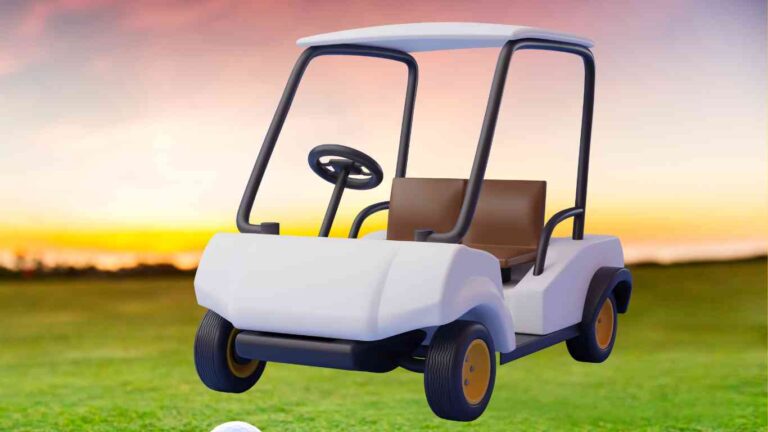Introduction
The suspension system of a car is crucial for its handling, comfort, and safety. Modifying a car’s suspension can significantly alter its performance, aesthetics, and driving experience. This guide delves into the world of suspension modifications, ranging from basic tweaks to advanced setups for racing or off-road purposes.
Basics of Car Suspension
Understanding the fundamental components and functions of a car’s suspension system is crucial before considering any modifications. The key components include:
- Springs: These are typically coil springs, leaf springs, or torsion bars. They support the vehicle’s weight and absorb the vertical motion induced by irregularities in the road.
- Shock Absorbers (or Struts): These dampen the oscillations of the springs, controlling the rate at which the suspension moves and ensuring that the tires maintain contact with the road.
- Control Arms: These connect the suspension to the vehicle’s frame. They allow for motion while maintaining wheel alignment.
- Anti-Roll Bars (Sway Bars): These bars link the left and right sides of the suspension and help reduce body roll during cornering, enhancing stability.
The primary functions of the suspension system are to support the vehicle’s weight, absorb and dampen road shocks, and maintain consistent tire contact with the road, which is vital for safety and handling.
Simple Upgrades
Aftermarket Springs and Shocks:
- Purpose: Replacing stock springs and shocks with aftermarket versions can lower the car’s center of gravity, which improves handling and reduces body roll. This modification can also enhance the vehicle’s aesthetic appeal by reducing the gap between the tires and the body.
- Considerations: It’s important to choose springs and shocks that are compatible with your vehicle and driving needs. Lowering a car too much can lead to reduced ride comfort and potential clearance issues.
Strut Bars and Tower Braces:
- Function: These components are installed in the engine bay, connecting the top of the strut towers. They enhance chassis rigidity, which leads to better cornering stability by reducing flex in the vehicle’s upper suspension area.
- Benefits: The improvement is especially noticeable in high-performance driving where cornering forces are higher.
Wheel and Tire Upgrades:
- Impact on Performance: Upgrading to larger wheels and high-performance tires can significantly improve grip and handling. The increased contact area of larger tires can offer better traction, which is crucial for acceleration, braking, and cornering.
- Trade-offs: While larger wheels and performance tires can enhance handling, they may also affect ride comfort and fuel efficiency. Larger wheels are often heavier, which can impact suspension performance and increase braking distances.
In summary, simple suspension upgrades can provide noticeable improvements in a car’s handling, stability, and appearance. However, it’s important to balance these benefits with potential trade-offs in comfort, efficiency, and overall vehicle dynamics. Selecting the right components that match the vehicle and the driver’s needs is key to achieving the desired outcome.
Intermediate Modifications
Coilover Systems
- Functionality: Coilover systems combine springs and shock absorbers into a single, adjustable unit. They offer the ability to adjust ride height, which can lower the car for improved aerodynamics and center of gravity, or raise it for increased clearance.
- Damping Adjustment: Many coilover systems also allow for adjustments in damping (the rate at which the shock absorbers slow the movement of the springs). This feature enables drivers to fine-tune how soft or firm the ride is, which is crucial for adapting the car to different driving conditions or preferences.
- Performance Benefits: The primary advantage of coilovers is the level of customization they offer in terms of handling and ride quality. They are particularly beneficial for track use where precise suspension tuning is required.
- Installation and Cost: Installing coilovers is more complex than basic suspension upgrades and often requires professional installation. They are also generally more expensive, but the investment can significantly enhance a vehicle’s performance and handling characteristics.
Adjustable Control Arms and Sway Bars
- Adjustable Control Arms: These components allow for the adjustment of the suspension’s camber, caster, and toe angles. Proper alignment is crucial for tire longevity and optimal handling. Adjustable control arms are particularly useful for vehicles that have been lowered or have undergone other suspension modifications.
- Adjustable Sway Bars: Also known as anti-roll bars, these components can be adjusted to alter the stiffness. This adjustment helps in managing how much the car leans (or rolls) in corners, thereby affecting understeer and oversteer characteristics.
- Enhanced Handling: Both adjustable control arms and sway bars contribute to a more precise and responsive handling experience, especially in performance driving scenarios like racing or spirited street driving.
Air Suspension Systems
- Function and Versatility: Air suspension systems use air springs instead of traditional coil springs. They allow drivers to adjust the ride height of the vehicle on the fly, which can be beneficial for various driving conditions, aesthetics, and performance needs.
- Customization: These systems often come with presets for different ride heights, ranging from lowered for improved handling and aesthetics to raised for increased ground clearance.
- Comfort and Load Handling: Air suspension can also improve ride comfort and is effective in maintaining a level ride in vehicles carrying varying loads.
- Complexity and Cost: Air suspension systems are complex and typically more expensive than traditional suspension setups. They require a compressor and air tank to be installed and are often best installed by professionals.
In summary, intermediate suspension modifications like coilover systems, adjustable control arms and sway bars, and air suspension systems offer a higher degree of customization and performance enhancement. These modifications are ideal for car enthusiasts and drivers who seek a more personalized and optimized driving experience, whether for everyday use, performance driving, or aesthetic purposes. However, they also involve a greater investment in terms of cost and installation complexity.
Advanced Setups
- Full Racing Suspensions: These are complete overhauls designed for track use, often including lightweight components, aggressive spring rates, and high-performance dampers.
- Off-Road Suspensions: For off-road use, suspensions are modified for increased ground clearance, articulation, and durability.
- Electronic and Active Suspension Systems: These high-tech systems automatically adjust the suspension settings based on driving conditions for optimal performance.
Considerations and Challenges
- Compatibility and Quality: Ensure that the components are compatible with your vehicle and are of high quality.
- Legal and Safety Issues: Some modifications may not be street-legal or could affect the safety of the vehicle.
- Cost and Complexity: Suspension mods can range from relatively inexpensive to very costly, and some may require professional installation.
Conclusion
Suspension modifications can transform a car’s performance and appearance. Whether it’s for better handling on the track, improved aesthetics, or rugged off-road capability, there’s a wide range of options available. However, it’s crucial to consider the implications of these modifications, including compatibility, legality, and cost. With the right approach, suspension mods can greatly enhance your driving experience.







